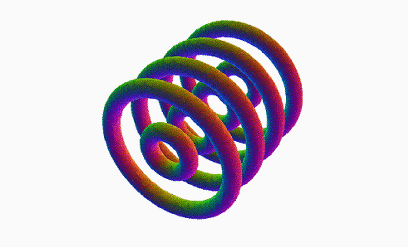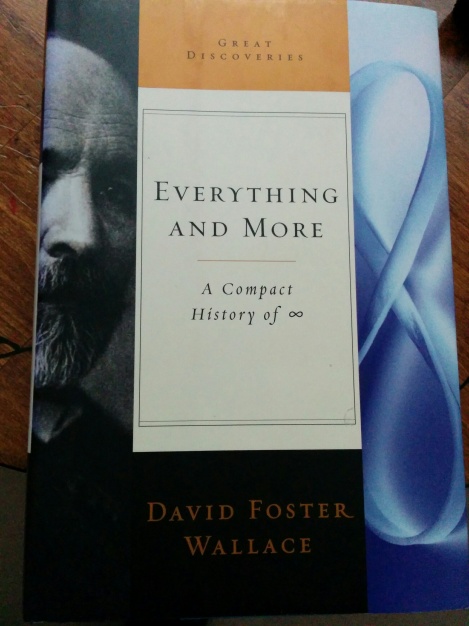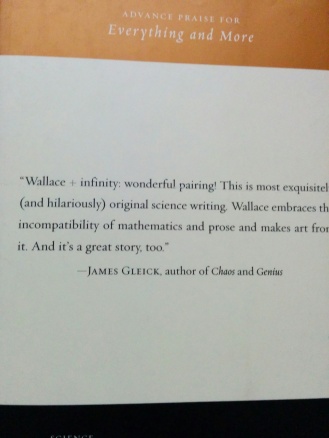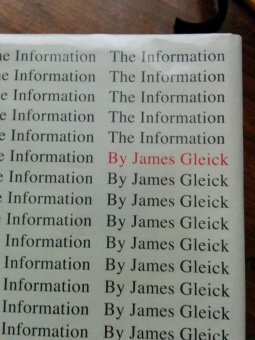Behold the post where I talk about my novella of choice, Flatland [Spoilers]
As it happens there are very few books that would meet the requirements (i.e. fiction) of the mandatory blog novel that are about pure mathematics. Strange, I guess it’s not an interesting enough topic to write a story around. Indeed, I was going to choose A Beautiful Mind, but it is unfortunately biographical (much more so than the movie). I could cop-out and choose one of the novels that don’t really relate so much to mathematics but have a mathematician protagonist (one of which can be found below). Or perhaps I could’ve used one of the several educational texts I’m reading. But no, I have chosen the classic Flatland: a Romance of Many Dimensions. A novella that is not only about mathematics, but features a square as its main character. Well, that is somewhat a stretch of the truth, the main character doesn’t do mathematics the whole time, but it is the most mathematical novel I could find.
To give a short summary, the novel comes across as a fun author’s experiment, at least, that’s how I interpreted it. The novel is set in a 2-dimensional plane, featuring two dimensional characters like triangles, squares, and all of your favorites. The first half comes across as a sort of discourse on how things function in the 2D world; that’s where the author’s experiment comes in: he gets to set how everything works and see how the story builds around it. I think it would be fun to write a novel around my own rules for a 2D land. Some of the more interesting points are how the creatures see and function as a society. Us spacelanders, in three dimensions, can only see in a 2D plane, so naturally the flatlanders, in two dimensions, can only see a 1D line. This causes many difficulties, and the techniques of sight in their world are some of the main causes of class separation. Indeed, the novel features some unexpected themes including: class struggle and discrimination. What shape you are born into determines your class, and there is a natural progression over generations i.e. a square’s son is a pentagon whose son is a hexagon etc. Take a look at the neat diagram I made.

You may notice two things:
First, that I mentioned the woman in the story are stupid. Indeed, they are; they have the short term memory of a relatively smart fish. They also have to make a “peace cry,” a loud noise to alert nearby citizens of their presence, since they are hard to see (being so thin) and dangerous because of their point. They are looked down upon by the “rational” men as emotional beings. The author’s seeming misogyny is addressed humorously as a response to critics of the issue in the second edition author’s notes. From my own reading I don’t think the author is a misogynist (relative to his era), but he just decided the males in the story are, and thus the narrator too.
Second: the chromatist irregular. Chromatism, the act of coloring one’s edges, and irregularity are subjects of great moral controversy in the story. Regularity, the equality of all edges, is highly important—even a popular salutation in Flatland is “attend your configuration.” There are also completely irregular, or scalene, triangles, which function as the sort of peasant class.
The climax of the story is when our protagonist is confronted by a three-dimensional sphere. The sphere enters Flatland, much to the square’s confusion, because he can only see a 2D slice of the 3D figure, a circle, in his land. The sphere can move up and down in the third dimension, which corresponds to it changing sizes in Flatland, something incomprehensible. This is demonstrated at 1:25 in this neat video. Eventually the sphere takes the little square into the land of 3D, Spaceland, to enlighten him, so that he may spread the prophecy of the third dimension to the Flatlanders. But, the square’s downfall begins when he contemplates dimensions higher than three! Infinite dimensions! Heresy in Spaceland and Flatland. The book has somewhat of a downer ending.
I think that part of the book’s purpose is to help imagine the fourth dimension. I certainly think it helped me, though, I am only finitely closer to an infinitely impossible task. Indeed, I resent being restricted to three spatial dimensions. Higher dimensions have innumerable cool properties and practicalities. Release me from this cage of 3D, as Flatland is a cage of 2D, and into the land of infinite dimensions!
Miscellaneous
Coincidentally, I watched Flatland: The Film (available free on YouTube) some time ago, before I knew anything about the novel. The movie borders on incredibly amateur and surprisingly professional throughout. It features an occasionally patronizing textual narrator and polygon anatomy. The movie takes many liberties with the story; though I liked the book better, I do concede that there are many missing elements to make it truly great.
Higher dimensions are interesting to think about. I recommend taking a look at this album on Reddit and perhaps perusing YouTube for many more interesting demonstrations. Or maybe you would like to invert a horse.

On an unrelated note i would like to present a new book I bought.

It’s by one of my favorite authors of completely non-math related writing. I had no idea he had anything to do with math. It really is a great feeling when people you respect share common interests with you. I find that many great thinkers are also prominent figures in mathematics, such as Descartes or Leibniz. I think the book is about George Cantor, the guy who decided infinity wasn’t enough, but I’m not sure; I haven’t actually opened it yet. I find that information from all the “pop-math” books I’ve read is really starting to overlap, so I’m trying much harder to delve into serious texts, but, frustratingly, there is just not as much well-expounded information. On the back of this book

there is a quote from the author of a book I introduced in my first post.

Small math-world
On a second unrelated note I would like to show you a book I hope to read soon: The Man Without Qualities. It is the book featuring a mathematician protagonist I mentioned in the first paragraph. Reading the first bit of the Wikipedia page I find myself relating very much to the protagonist, and I think I can learn a lot from this book.

Did you know that Ms. Kopels’ JH math class is reading Flatland together in class? Maybe one of Mr. Whalen’s classes too. I’m not sure if they have finished it yet; they were reading it in the weeks before the break.
LikeLike
No haha I had no idea.
LikeLike